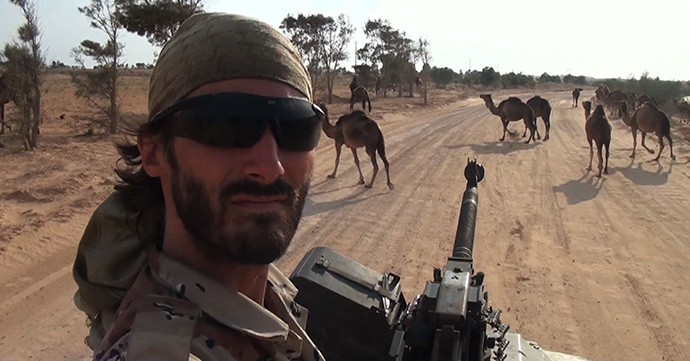
‘Vision is the art of seeing what is invisible to others.’ Jonathon Swift
Prior to the advent of smart phones and digital cameras most people produced little more in the way of pictures than snapshots of family and friends. When it came to homemade films, it was usually jumpy, soundless footage from a super-8 camera that, like still photos, faded over time in a box of memories. The more serious work of creating images was usually in the realm of the professional or the keen hobbyist.
Today everyone is armed with the means to document their own lives, as well as the lives of others. As a result it sometimes seems that with so much visual noise special moments are only lived through the lens of a camera. As we generate this massive influx of content across the digital world the questions are this: are we trying to curate the vision others have of us? Are we attempting to control the narrative of how both ourselves and others are perceived? We’ve been told that a picture is worth a thousand words – if this is true, how many millions of words are being carelessly spilled onto the World Wide Web each day? Is the narrative we are creating sending the message we want others to hear? And which stories are actually worth hearing?
Influence Film Foundation grantee POINT AND SHOOT toys with the question of sharing, how that sharing effects who we are, and where one can find value in this visual world we live in. On the surface the film is about a boy “becoming a man” (as the central character Matthew VanDyke would put it), yet on another level it addresses not only how we see the world but also how we see and present ourselves. Are we the fun party girl posting endless selfies documenting our good times? Are we the deeply artistic boy concerned with images that reveal shape and space? Or are we a passionate foodie taking pictures of each and every delightful meal we prepare or devour?
In POINT AND SHOOT VanDyke uses the camera to reveal what he discovers about himself and the world around him. Many might ask how that is different from what each one of us does on a daily basis as we stare into our phones or other devices trying to capture yet another perfect image.
It’s a question we should all consider as we endlessly take photos and videos of our busy lives: what is the purpose when we ‘point and shoot’? What do we want to say? And do we want to take away more than just a carefully crafted image of ourselves or those we care about that will end up yet another lost posting on a meaningless timeline? Or, would we rather take time and thought to pursue the unexpected or unusual, and in the process create something more lasting both for ourselves and for future generations. Do we want to create and document real value, something that actually matters?
Next time you grab your phone to take a random picture or video, think about what you want to say and what sort of legacy you’re creating. It doesn’t have to be a huge message but maybe it can be more than yet another throw-away snapshot illustrating the endless stream of life.
Essentially, consider your influence. It’s more important than you think.
Don’t miss POINT AND SHOOT’s Official Website, Facebook, and Twitter.
In addition to POINT AND SHOOT Influence Film Forum features a number of films that focus on the visual: VIVIAN MAIER secretly captured slices of her world in an unusual and unexpected way, while BILL CUNNINGHAM has been revealing his unique vision of fashionable New York for decades. The citizen journalists BURMA VJ show the power of the image in effecting change when faced with seemingly insurmountable odds, while AI WEIWEI: NEVER SORRY highlights one of the most engaged and influential artists of our time and the importance of his images being available online and in social media.
We invite you to take the time to check out the films above, as well as the loads of extra material we’ve gathered. Learn more, have fun, and share your experiences.
Real Stories, Real People – it’s what documentary is all about.
Written by: Judi Lembke